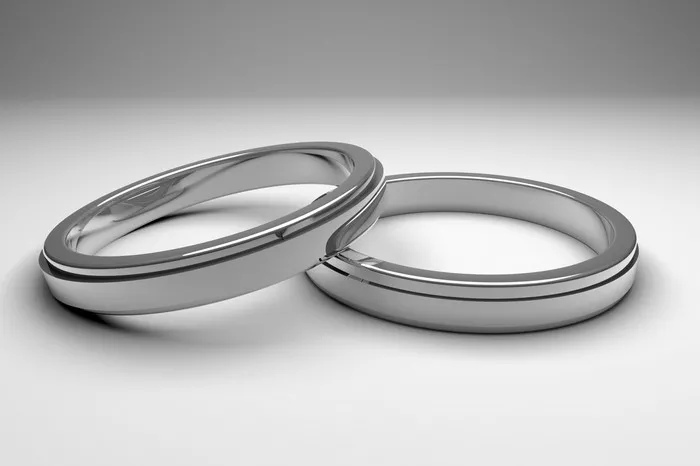The wedding jewelry industry, long divided into “his” and “hers” categories, is undergoing a quiet but profound transformation as gender-neutral designs surge in popularity. This shift reflects broader cultural changes in how couples view marriage, gender roles, and self-expression. Traditional distinctions—men’s rings being wider and plainer, women’s rings being more delicate and ornate—are giving way to a new aesthetic that prioritizes personal style over gendered expectations.
Leading designers report that over 60% of couples now mix and match from what were previously considered men’s and women’s collections, while 25% specifically seek out gender-neutral options. The trend is particularly strong among same-sex couples, younger millennials, and Gen Z couples, but is spreading across demographics. Jewelers are responding with innovative designs that play with texture, mixed metals, and customizable elements rather than relying on traditional gendered cues.
Titanium and tungsten carbide remain popular for their durability and modern aesthetic, but there’s growing interest in unconventional materials like meteorite inlays, fossilized dinosaur bone, and even recycled aerospace aluminum. These materials appeal to couples seeking rings that reflect unique personal narratives rather than conforming to tradition. One designer noted, “We’re seeing more couples who want their rings to tell a story—maybe one band has wood from the tree where they got engaged, the other has metal from a family heirloom. The old rules don’t apply anymore.”
The business model for jewelers is adapting accordingly. Many stores have eliminated separate men’s and women’s sections entirely, instead organizing displays by material, price point, or style family. Custom design services are booming, with couples increasingly viewing their rings as collaborative art projects rather than prescribed purchases. This democratization of design has allowed for greater creativity—one couple recently commissioned matching rings that combine platinum with 3D-printed ceramic in a geometric pattern representing their first home’s architectural details.
Sociologists suggest this trend reflects deeper changes in how modern couples view marriage itself—less as the assumption of predefined roles, more as the creation of a unique partnership. The rings, in this light, become physical manifestations of that philosophy. As one customer shopping for non-binary wedding bands explained, “We didn’t want his and hers rings because that’s not who we are. We wanted something that felt equally ‘us’ on both our hands.”


